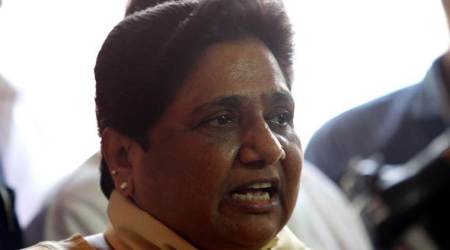 It was the former RBI governor C. Rangarajan who once said: “Central banking is an art”.
It was the former RBI governor C. Rangarajan who once said: “Central banking is an art”.
The decision by the RBI’s Monetary Policy Committee (MPC) to cut the policy repo rate by 25 basis points, from 6.25 per cent to 6 per cent, marks the first such reduction in eight months. The policy action has received subdued enthusiasm from the market based on expectations that the cut could have been 50 basis points.
This has been the way the game is played out in recent times. As a policy date nears, demands are raised and a market expectation is built in favour of a cut that, it is expected, would eventually help lower the lending rate, boost investment and revive growth. However, what is often missed out is that the key link in this chain is the transmission of the policy repo cut to the bank lending rate, a link that by the RBI’s own admission stands broken. This is what the RBI has flagged in its statement issued alongside the MPC resolution of August 2. The statement announced the setting up of an “internal study group” for “improving the monetary transmission and exploring linking of the bank lending rates directly to market determined benchmarks”.
If this is the picture today, the question needs to be asked: Where does the rate cut of 25 basis points lead us? The question is important particularly in light of sustaining the growth rate of 7.3 per cent projected by MPC for 2017-18 (against 7.1 per cent in 2016-17) and keeping headline inflation close to 4 per cent on a durable basis. The growth data for 2016-17 show that Private Final Consumption Expenditure (PFCE) recorded a growth rate of 8.7 per cent while the Government Final Consumption Expenditure (GFCE) increased by 20.8 per cent. This tells us that the growth is essentially led by government consumption.
The higher consumption expenditure of the government is also seen in the first quarter of 2017-18 in data released by the Controller General of Accounts. For example, revenue expenditure accounted for 31.7 per cent of total budgeted revenue expenditure against 26.7 per cent in the corresponding period of the previous year. This resulted in a marked increase in the share of revenue deficit (119 per cent) and fiscal deficit (81 per cent).
On the other hand, the private sector is suffering from weak investment demand. This is reflected in a “broad based loss of speed in manufacturing”, “excess inventories of coal” and “near-stagnant output of crude oil”. The problem worsens with “lack of traction in the implementation of stalled projects” coupled with “deceleration in the output of infrastructure goods”.
Thus, the picture is of continued weak private investment not because loanable funds are not available but because corporate balance sheets are not in a position to fire new capex plans. Banks are themselves straddled with NPAs and have no appetite for corporate lending, particularly at a time when the road ahead with a new insolvency law and the proposed fast-track resolution of NPAs remains unclear. Retail inflation fell to a historical low of 1.54 per cent for June 2017 as a result of two factors: Vegetables (which showed a decline of 16.53 per cent) and pulses (down by 21.92 per cent). One has to only head to the market today to know that these are transitory factors, and vegetable prices are already headed high, led by tomatoes at Rs100 per kg.
In sum, the perception that inflation is low, growth is on track and the time is right for a rate cut, is flawed. The letter of the MPC resolution recognises this but the spirit has been one of sailing with the wind of market sentiment and some government pressure. This is seen in the change in stance by the MPC members who voted against the cut in June 2017 but switched this time to a 25 basis points cut. The switch reflects an approach that is inconsistent.
It was the former RBI governor C. Rangarajan who once said: “Central banking is an art”. And it is not surprising that the only career central banker on the MPC is the one who voted not to cut the repo rate this time.







